Louis XV period
The Louis XIV movement is signed on the back "Befson à St …"
Customary restorations, dial to be replaced.
H. 30 x L. 25 x D. 18 cm.
The clock in our study is of rare delicacy. One only needs to observe the overall composition to understand that we are dealing with a clock of remarkable quality. It is a clever imitation of a tree holding a miniature clock case between its branches. Everything is designed to delight the eye: the ground mimics the texture of the soil, we notice the small mushroom growing at the foot of the tree, and the gilt bronze flowers on the clock case are as many decorative details as they are pleasing elements. This combination of materials, so dear to the merchant-dealers, makes it a true jewel. The Meissen figure brings life to this scene, which we could describe as a sculpture. It almost seems as if the white porcelain flowers have just bloomed at the ends of the branches. The fragility of the porcelain contrasts with the strength and solidity of the bronze in the structure. The colors also contrast the gilt and patinated bronze, which are rarely used in such clocks.
In addition to this refined aesthetic, the clock presents two notable peculiarities: the candlestick arm and its size. Clocks combining gilt bronze and porcelain with figures are always highly appreciated. However, the very small size of this clock is an essential element in its description. In his book “Encyclopédie de la pendule française” (Editions de l’Amateur), Pierre Kjellberg mentions the rarity of clocks of this type that do not exceed 30 cm. They are, therefore, equipped with a watch movement, hence the name "watch holder."
The candlestick arm is also an exciting feature to highlight. This complete object has a few "sisters" with which we can compare. For instance, a clock with two candlestick arms is presented on page 148 of Pierre Kjellberg’s book. Another one, featuring a small Meissen figure and porcelain flowers, is reproduced in “La pendule française” (Part 1, Editions Tardy, page 176). Finally, Christie’s auction house presented a clock with four candlestick arms, a figure, and flowers on November 27, 2018, under lot 504.
Thus, this clock represents the Rococo taste and the importance of merchant dealers in producing art objects. These early decorators often inspired original creations that combined luxurious materials: lacquer, bronze, or porcelain, which captivated the elites. Madame de Pompadour, for instance, collected a large quantity. Indeed, we must remember that the production of European porcelain was an artistic revolution that occurred around the 1710s, and it remained highly sought after by art lovers until the eve of the Revolution.
Clocks like ours are often associated with the business of the merchant-dealer Lazare-Duvaux, who specialized in such objects. He had a particular fondness for porcelain, which he incorporated into many pieces of furniture and objects.






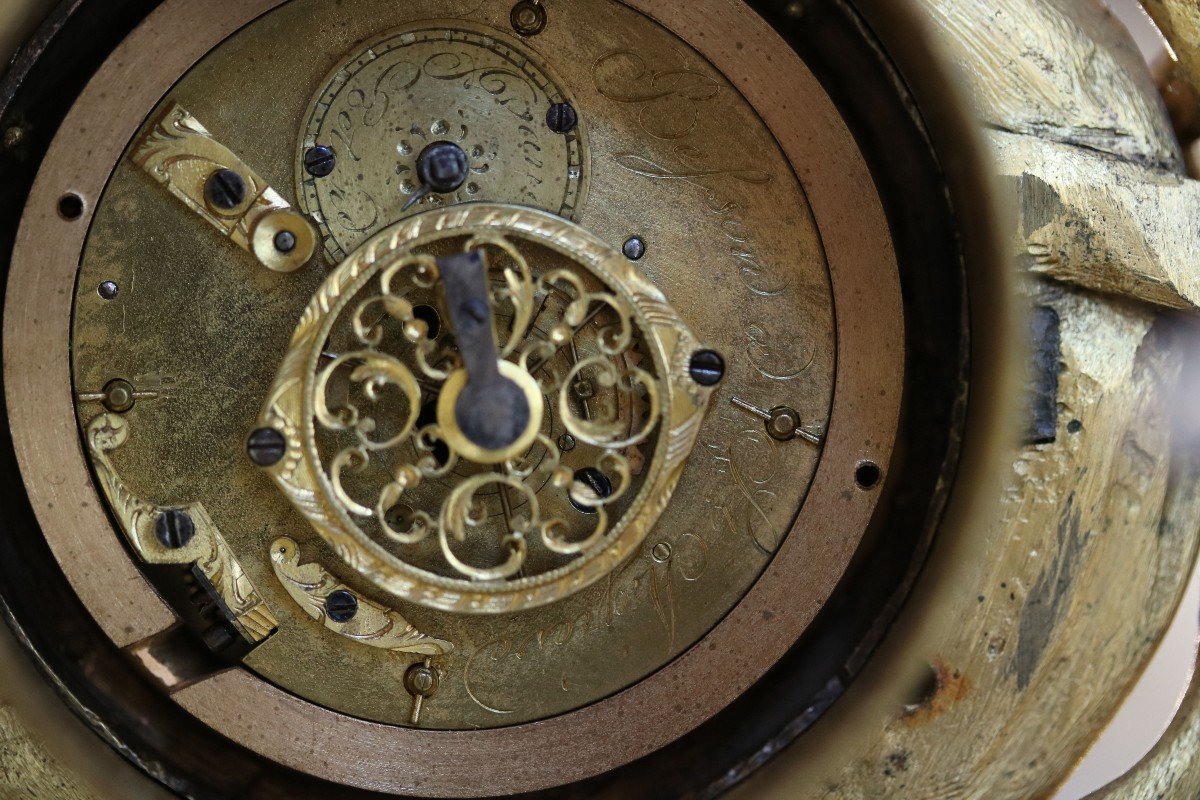
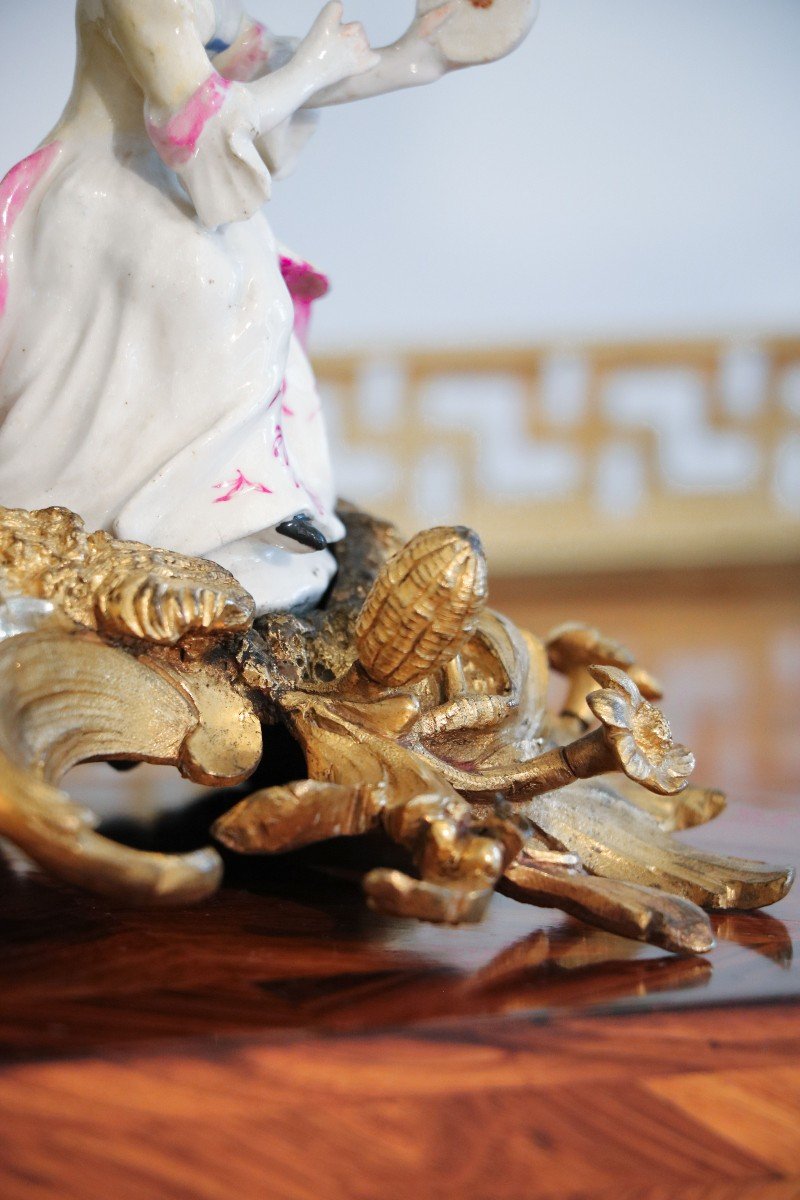
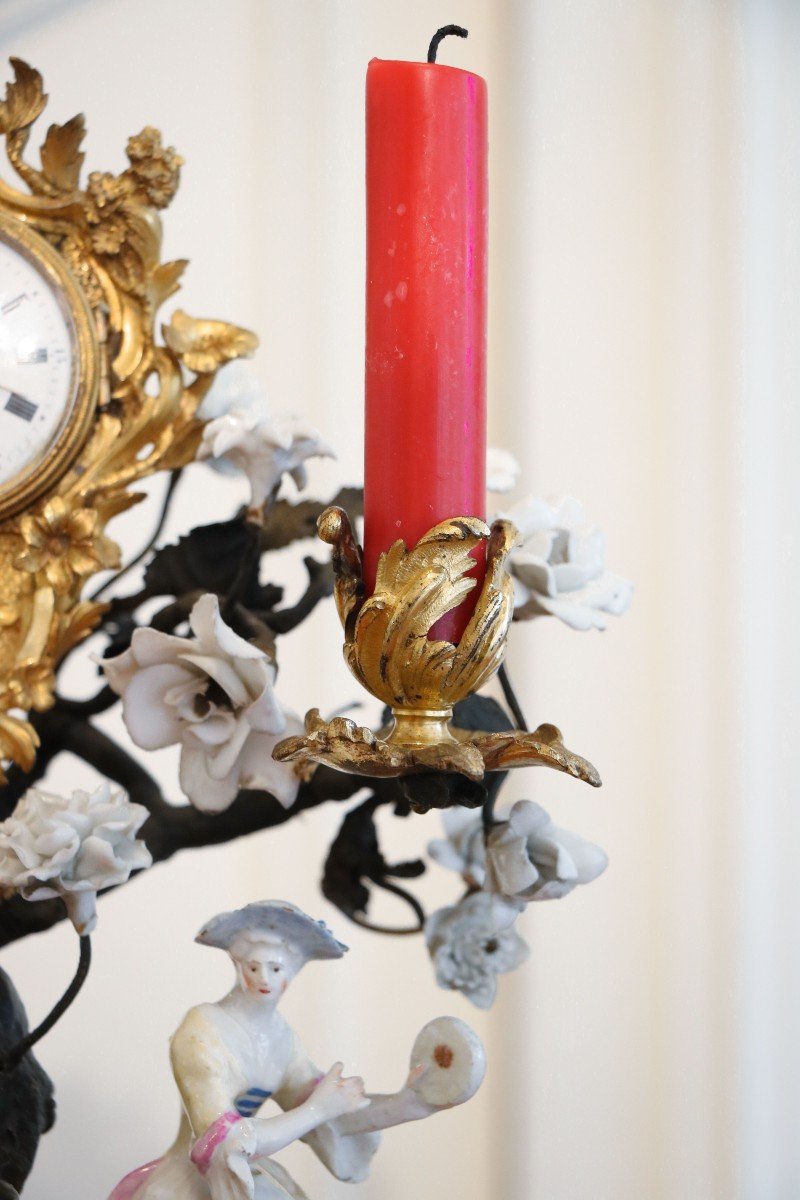
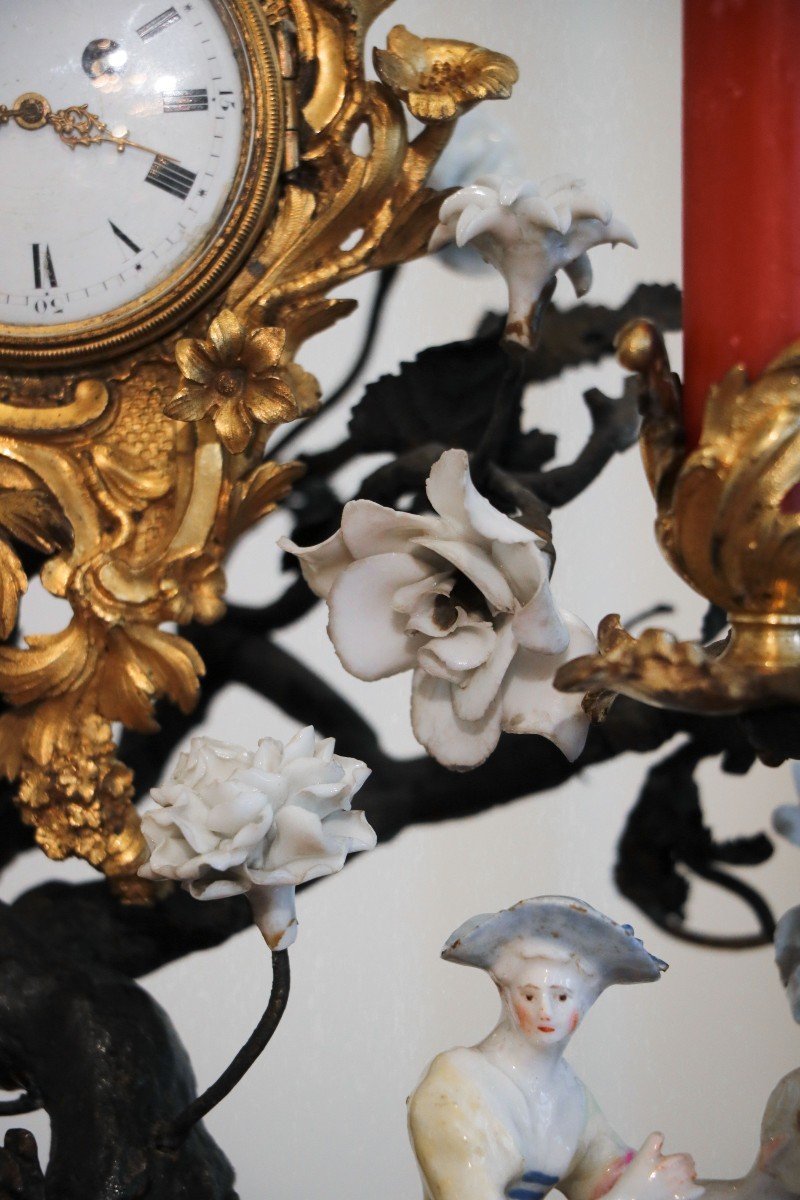
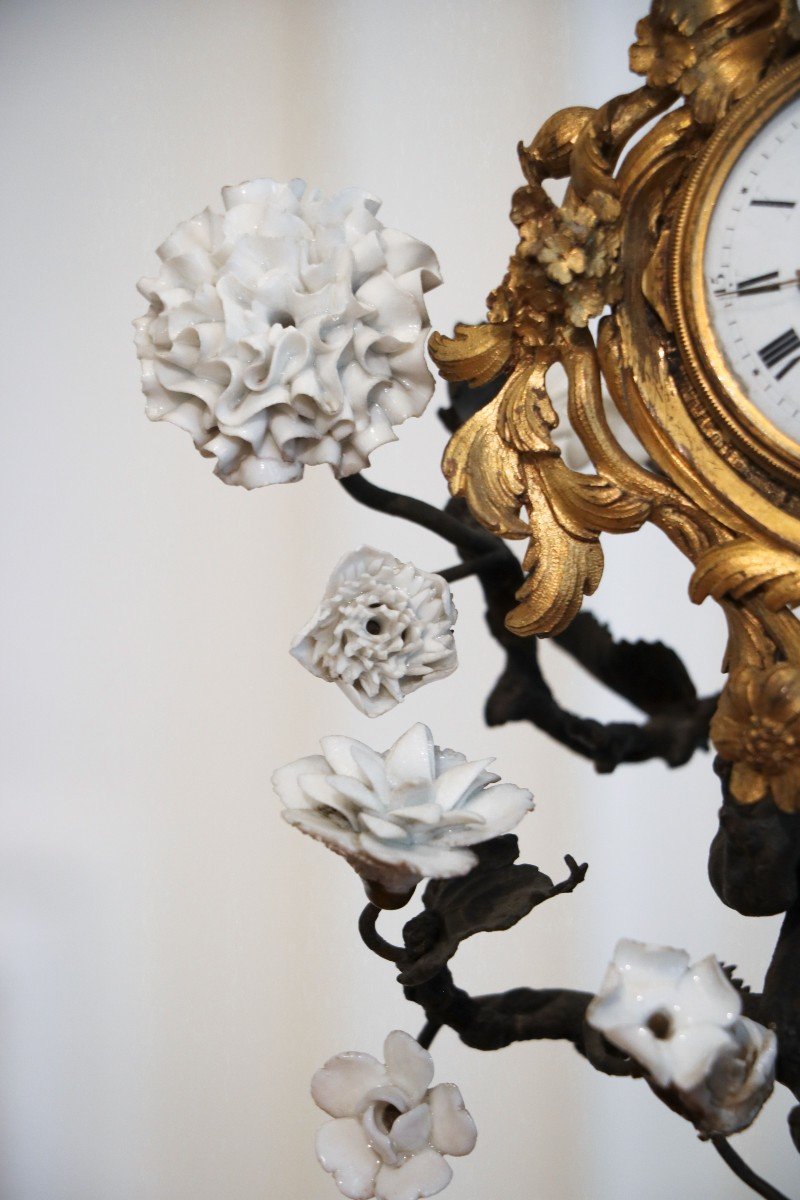

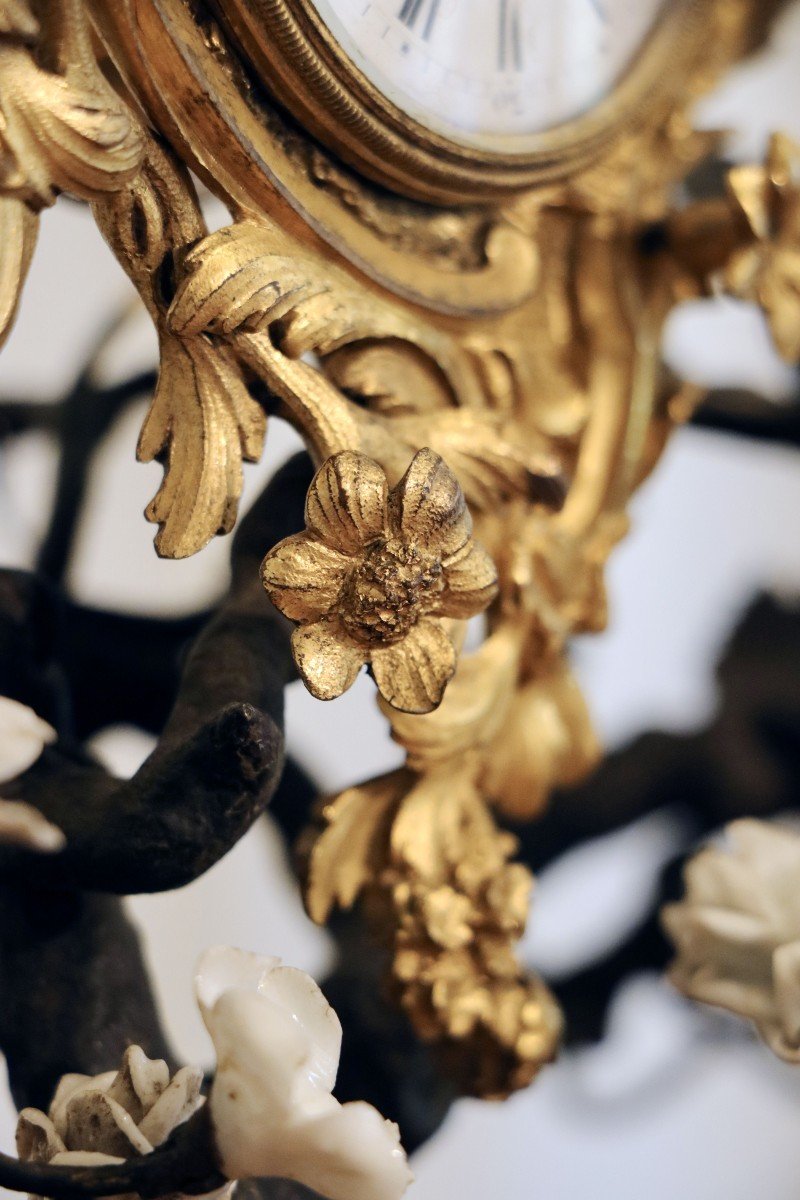
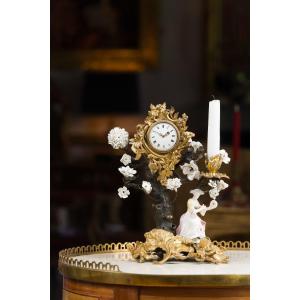












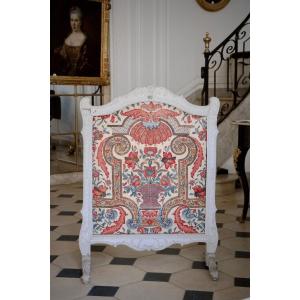
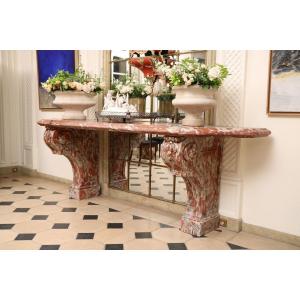

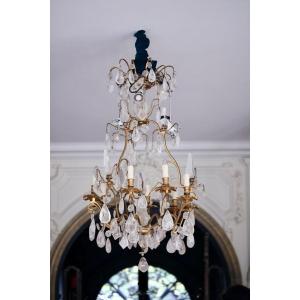

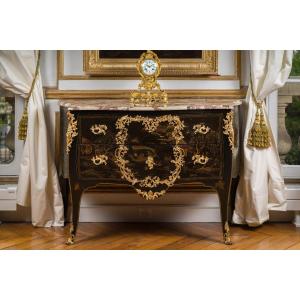
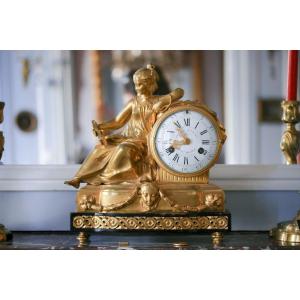


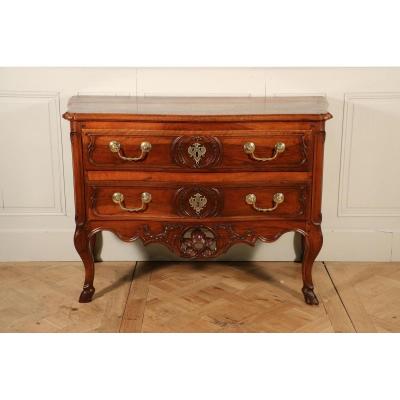
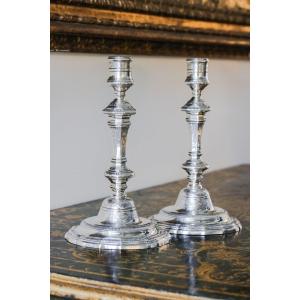
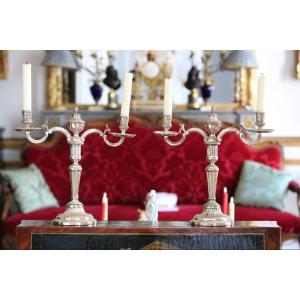

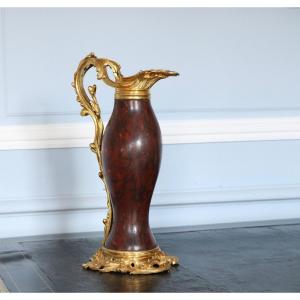

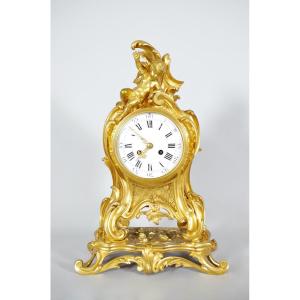
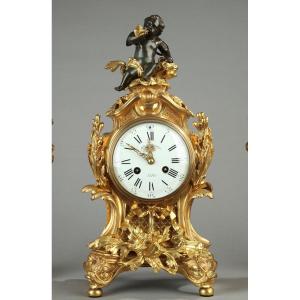
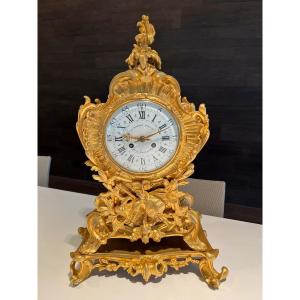
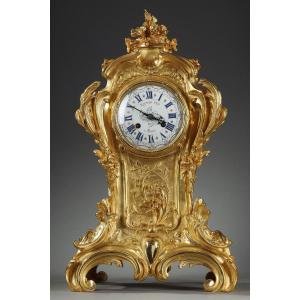



 Le Magazine de PROANTIC
Le Magazine de PROANTIC TRÉSORS Magazine
TRÉSORS Magazine Rivista Artiquariato
Rivista Artiquariato